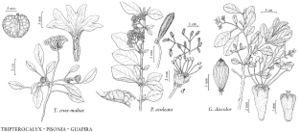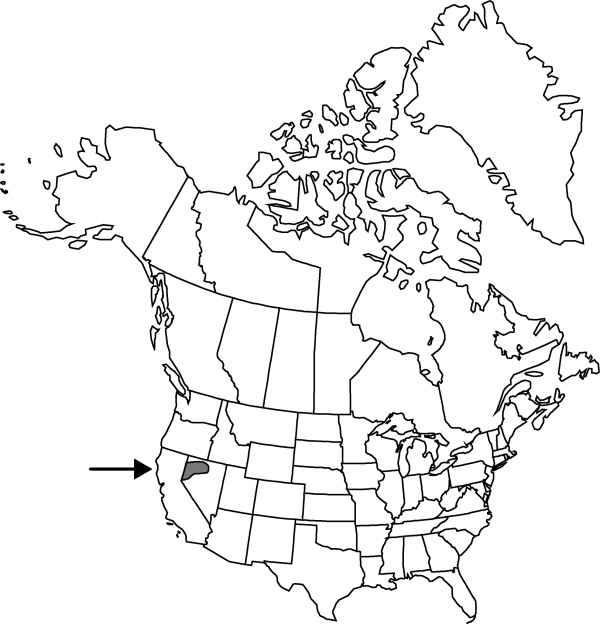Difference between revisions of "Tripterocalyx crux-maltae"
Contr. U.S. Natl. Herb. 12: 328. 1909.
Basionym: Abronia crux-maltae Kellogg Proc. Calif. Acad. Sci. 2: 71, fig. 16. 1863
FNA>Volume Importer |
FNA>Volume Importer |
||
| Line 7: | Line 7: | ||
|year=1909 | |year=1909 | ||
}} | }} | ||
| − | |basionyms={{Treatment/ID/ | + | |basionyms={{Treatment/ID/Basionym |
|name=Abronia crux-maltae | |name=Abronia crux-maltae | ||
|authority=Kellogg | |authority=Kellogg | ||
| + | |publication_title=Proc. Calif. Acad. Sci. | ||
| + | |publication_place=2: 71, fig. 16. 1863 | ||
}} | }} | ||
|synonyms= | |synonyms= | ||
| Line 49: | Line 51: | ||
|publication year=1909 | |publication year=1909 | ||
|special status= | |special status= | ||
| − | |source xml=https://jpend@bitbucket.org/aafc-mbb/fna-data-curation.git/src/ | + | |source xml=https://jpend@bitbucket.org/aafc-mbb/fna-data-curation.git/src/f6b125a955440c0872999024f038d74684f65921/coarse_grained_fna_xml/V4/V4_149.xml |
|genus=Tripterocalyx | |genus=Tripterocalyx | ||
|species=Tripterocalyx crux-maltae | |species=Tripterocalyx crux-maltae | ||
Revision as of 20:59, 24 September 2019
Stems reddish, short glandular-pubescent, viscid. Leaves: petiole 1–4.5 cm; blade ovate to elliptic, 2.5–7 × 1–3 cm, margins entire to sinuate, sparsely short scabrous; surfaces glandular-pubescent, ± viscid, adaxial surface green or slightly glaucous. Inflorescences 10–30-flowered; bracts green, ovate to lanceolate, 3–12 × 1.5–3.5 mm, base attenuate, margins glandular short ciliate, viscid-pubescent. Perianth: tube greenish to pink, 8–25 mm, limb bright magenta, 10–15 mm diam., lobes well developed. Fruits oval to ± round in profile, 7–13 × 8–17 mm, walls indurate, transversely rugose or ribbed; lateral ribs prominent, extending into wings; wings 2(–3).
Phenology: Flowering spring.
Habitat: Sandy soils, sagebrush-scrub
Elevation: 1200-1500 m
Discussion
Selected References
None.
Lower Taxa
None.

